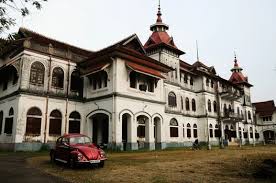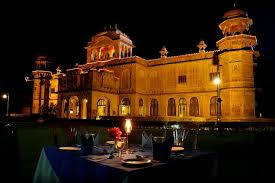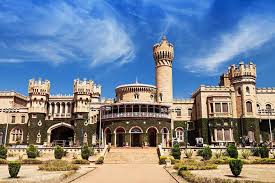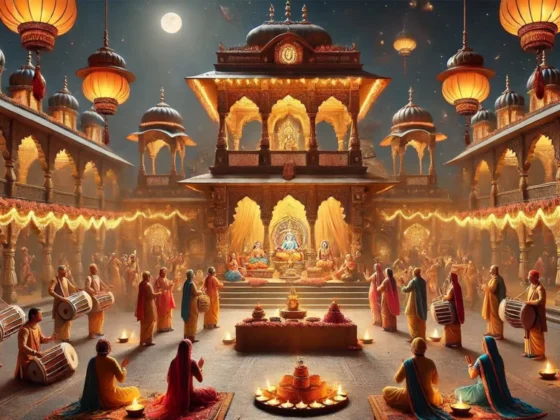Kowdiar Palace: The Majestic Royal Residence of Travancore

Introduction
Kowdiar Palace, a magnificent structure that echoes the grandeur of Kerala’s royal heritage, stands as a testament to the legacy of the Travancore dynasty. Located in Thiruvananthapuram, Kerala, this architectural marvel not only serves as a historical site but also represents royal elegance and tradition. Maharaja Moolam Thirunal built Kowdiar Palace in 1915 and gifted it to Maharani Sethu Parvathi Bayi, the mother of the last ruling king of Travancore, Chithira Thirunal Balarama Varma.
History of Kowdiar Palace
Maharaja Moolam Thirunal commissioned the construction of Kowdiar Palace, and it became the official residence of the Travancore royal family. During British rule, the palace played a crucial role in governance.
Even after India gained independence and merged the princely states, the palace continued serving as the royal family’s private residence. Unlike many other palaces in India that governments converted into museums or offices, Palace remains private property and does not allow public access.
Architectural Grandeur
The architectural splendor of Kowdiar Palace seamlessly blends Dravidian, European, and traditional Kerala styles. The palace features over 150 rooms, intricately carved wooden ceilings, majestic doors, and ornate Belgian chandeliers. The impeccable craftsmanship of that era reflects in its fine detailing.
Some striking features of Palace include:
- Ornate Wooden Interiors: Teakwood and rosewood enhance the palace’s aesthetic appeal.
- Grand Staircases: The European-inspired double-sided staircases add to the palace’s magnificence.
- Large Gardens: The beautifully manicured lawns and exotic plants create a picturesque environment.
- Vintage Chandeliers and Artworks: The palace boasts exquisite chandeliers, paintings, and antique furniture from the Travancore era.
Significance of Kowdiar Palace
Kowdiar Palace holds immense cultural and historical importance. It served as a center for political discussions and governance during the Travancore monarchy. The royal family of Travancore, known for their progressive administration and social reforms, played a significant role in shaping Kerala’s history.
The palace also symbolizes Travancore’s unique matrilineal system, where lineage and inheritance passed through the female line. This tradition ensured that successive generations preserved the palace’s significance.
Present-Day Status
Currently, the Travancore royal family resides in Palace, and public access remains restricted. However, visitors can admire its breathtaking exterior and the lush gardens surrounding it. The palace continues to attract tourists, history enthusiasts, and architecture lovers who seek to witness its grandeur from afar.
Every year, the Travancore royal family observes significant events and ceremonies at the palace, keeping the traditions alive. The royal family members remain respected figures in Kerala and actively engage in social and cultural activities.
How to Visit Kowdiar Palace
While Kowdiar Palace does not allow public tours, visitors can explore its surroundings and appreciate its majestic presence from outside. If you visit Thiruvananthapuram, you can explore nearby attractions such as:
- Padmanabhaswamy Temple: A revered Hindu temple known for its gold vaults and rich heritage.
- Napier Museum: A treasure trove of Kerala’s art and cultural history.
- Kanakakunnu Palace: Another architectural marvel that hosts cultural events and exhibitions.
- Shangumugham Beach: A serene coastal destination perfect for a relaxed evening.
Conclusion
Kowdiar Palace remains a true gem in the heart of Thiruvananthapuram, preserving the royal heritage of Travancore. Its magnificent architecture, rich history, and cultural significance make it a landmark worth admiring. Although it remains inaccessible to the public, its aura and historical relevance continue captivating those who cherish India’s regal past. Whether you are a history enthusiast or an architecture lover, Kowdiar Palace stands as a timeless reminder of Kerala’s royal legacy.










